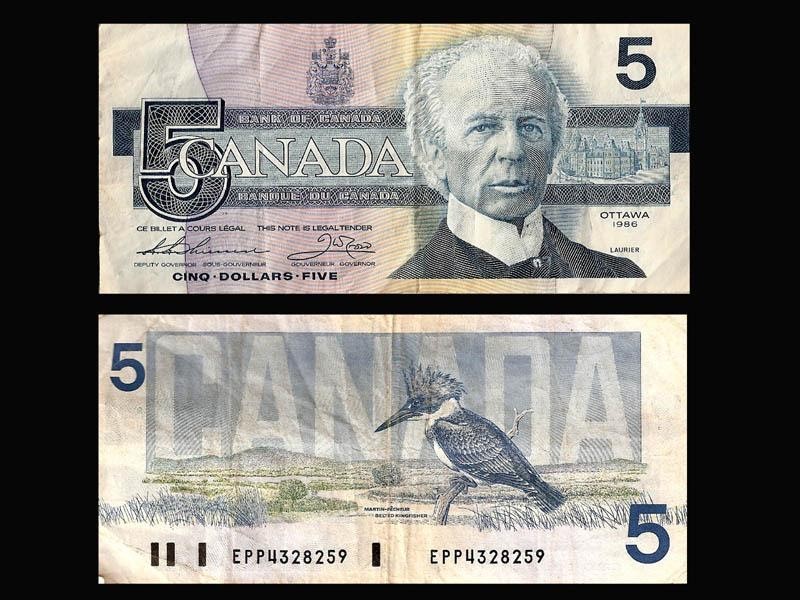Do you have an old Canadian bill stuffed away somewhere at home? If so, you might be in luck. Old Canadian paper money can be worth a small fortune these days.
In January 2021, the Canadian government discontinued the use of old Canadian bills that lack the security features that current in-print bills have, such as raised numbers and transparent maple leaves. That doesn’t mean old bills are totally obsolete. The Bank of Canada still honours their value. But you may not want to bring your old bills to the bank before you get them appraised, because they may be worth more than face value—far more, in some cases.
Evaluating Old Canadian Money
There are reliable and accurate ways to determine how much your old Canadian bills are worth. No need to search consumer-to-consumer sites like eBay to get an estimate. There are trained professionals who specialize in evaluating or appraising paper money and coins, just as there are trained jewellers who specialize in evaluating or appraising gold, silver, and other precious metals.
Some old Canadian bills are highly valuable. Three main factors that trained professionals take into consideration when evaluating old Canadian bank notes are:
- Condition
- Rarity
- Going rate
If you have your old Canadian money evaluated by a trained professional, you’ll be able to sell it for what it’s worth.
Which Old Bills Are Valuable?
There are stories out there claiming that $2 Canadian bills are worth thousands of dollars. Now, they can be, but not every bill is. Abnormalities, low print runs and other details such as the serial number are the main determining factor in the value of the bills
A $1 bill also has the potential to be valuable – depending on the specifics of that bill (and all bills, for that matter).
Another valuable old Canadian bank note is the $1,000 bill. These were made in 1935, 1937, 1954, and 1992, and they were discontinued by the Bank of Canada in 2000. The 1935 $1,000 bills are collectables: they’re worth more than their face value.
The signature and serial number of the 1954 $1,000 bill determine its value. So too does its condition.
The 1992 $1,000 note won’t sell for much, at least for now, but it is a captivating collector’s item. 1992 $1,000 bills were nicknamed “pinkies” because of their peculiar pinkish hue, and they had a shady criminal reputation. The Royal Canadian Mounted Police believed that criminal organizations frequently used pinkies for illegal purposes. That’s one major reason why pinkies were discontinued.
Many other old Canadian bills—and old coins as well—may also be quite valuable. Your best option is to consult a reputable old money seller and buyer. Note that these seller and buyers often also buy and sell jewellery, precious metals, and bullion. So, if you’re interested in having other valuables evaluated and appraised, you might as well bring them along.




